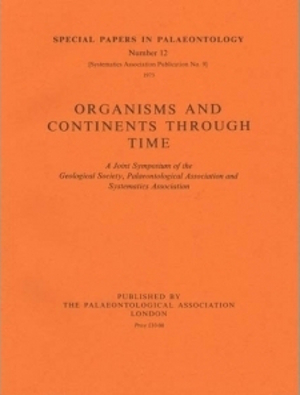Reg. Charity No. 1168330

Cluster analyses of ninety assemblages of Ordovician brachiopod genera, from rocks of Arenigian, Llanvirnian, Early Caradocian, Later Caradocian, and Mid-Ashgillian age exposed throughout the world, indicate that the assemblages and smaller contemporaneous collections from several other localities belonged initially to at least five distinct provinces with a high proportion of endemic genera. This provinciality prevailed until Mid-Caradocian time, when a reduction in the number of provinces was accompanied by changes in their geographic distribution and increases in their pandemic and partially pandemic contents. Up to this time a reclustering of the partially pandemic residues of the older provinces and unattached assemblages showed that nearly all groups could be unequivocally assigned to either an American or a European Realm. By Mid-Ashgillian time, however, despite the survival of some provinciality, the difference between the Realms no longer held, and an essentially cosmopolitan fauna began to emerge. A redistribution of continental shields with their attendant platform or miogeosynclinal facies can reasonably be achieved within the latitudinal constraints afforded by palaeomagnetism to satisfy brachiopod distributions. It suggests that, whereas the faunal boundary between the American and European Realms coincided with the northern eugeosynclinal basin of the British Isles and marked the site of a destructive continental plate margin, a constructive margin was simultaneously developed between the Kazakhstan boundary of the Siberian-Cathaysian Shields and the Texan edge of the Canadian Shield.